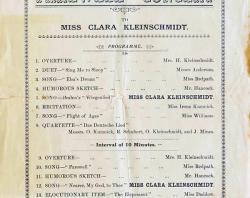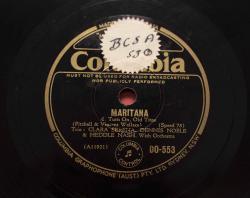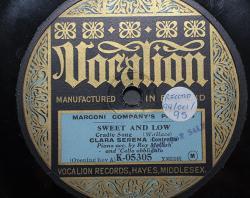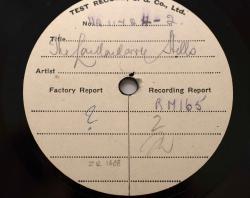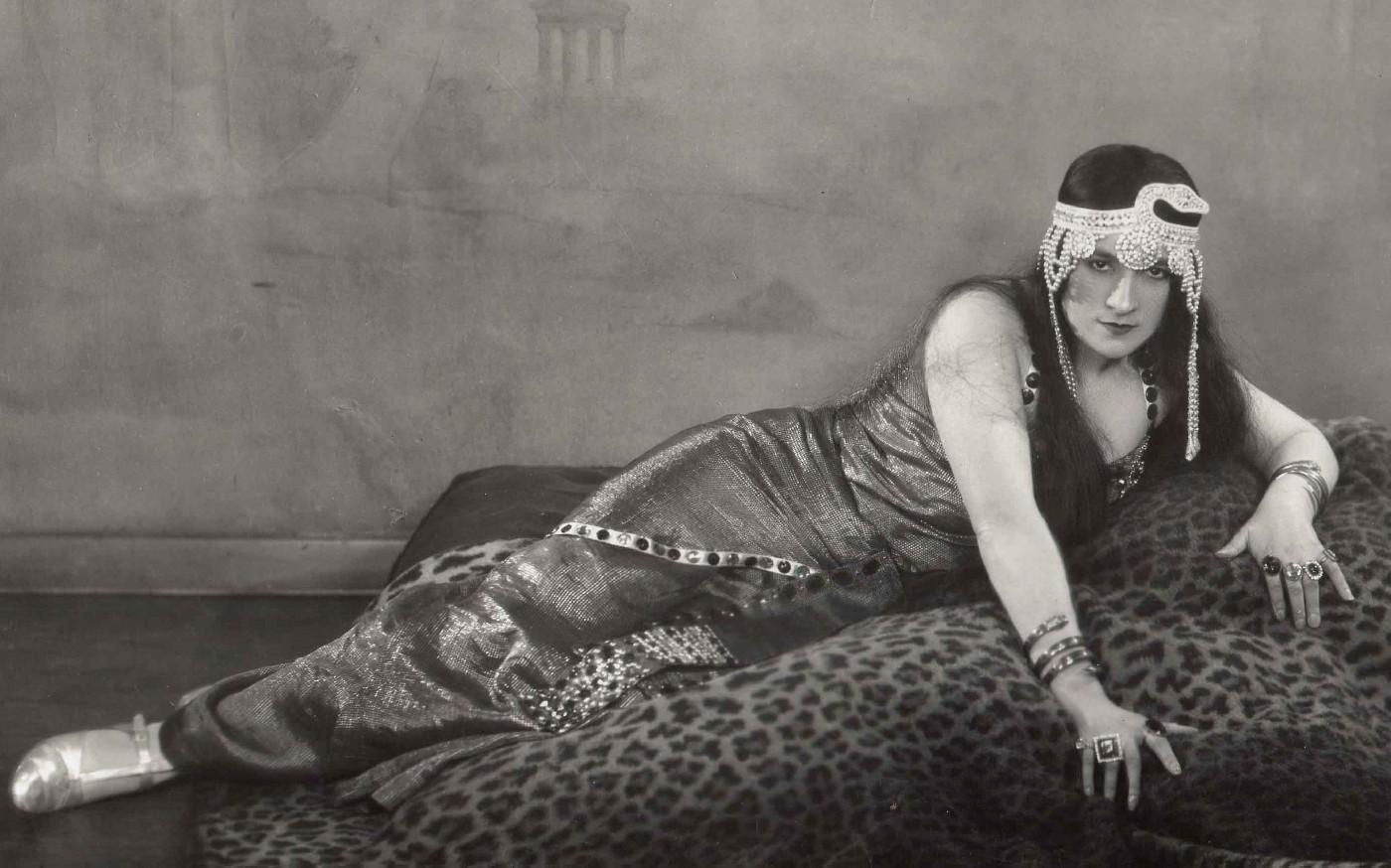
Back home and supporting the war effort
With the start of World War I, Elizabeth and Madam Clara Serena returned to the safety of Adelaide. During this period Clara supported the war effort, singing in concerts for the British (Australian) Red Cross Society raising funds for trench comforts. She met her husband to be, Roy Mellish, who became her life-long accompanist, promoter, and publicist. They married in 1917, infuriating Peter Waite, who cut off all contact with her demanding the whole Waite family follow suit.
Influencers, lead roles, and the King and Queen
After the war, Clara and Roy returned to London to continue her career, immediately connecting with Ada Crossley, retired Australian Opera Singer and well-known ‘influencer’ in society and opera circles. Being a contralto and married to Adelaide born Dr. Francis Meuke she befriended Clara, holding soirees in her Cavendish Square home to promote her talents. It was not long before she made her London operatic debut and this lead onto performances at Covent Gardens in Richard Wagner’s Das Rheingold and Gotterdammerung. She sung the lead roles in Camille Saint-Saëns Samson and Delilah and Rutland Boughton’s Alkestis. Touring Europe, she performed solo concerts accompanied by Roy in Vienna, Berlin and Paris. In 1928 she took the principal role in Handel’s oratorio Solomon conducted by Sir Thomas Beecham in the presence of Their Majesties the King and Queen who received the principals and conductor during intermission.
As her success grew, Roy continued to manage her ‘social media’ regularly sending letters back home to the Australia music press and gossip columnists who eagerly lapped up the news. They recounted stories of her success and hob-knobbing with society and royalty, with a touch of the cultural cringe, in enthusiastic articles titled, Australians Abroad, Praise for Australians, Letter from London, and Things Musical in London”.
Tragedy strikes again as her recording career gains momentum
In 1926 Clara Serena began her recording career with Vocalion records, releasing solo songs accompanied by Roy at the piano. She then moved to Columbia Records in the early 1930s, releasing big production recordings with full operatic companies and orchestral backings. Clara had succeeded in becoming an opera star on the London stage and recording industry, but tragedy once again struck as war broke out in Europe, bringing an end to her career. Returning to her SA roots in 1951 she quietly lived out her life in Adelaide, singing the occasional charity concert in Lobethal, passing away in 1972.
Explore more
![Clara Serena, London 1932. [B 78470]](/sites/default/files/styles/tile_square_1x/public/2021-05/Clara-Serena-London-1932.png?itok=BQTVViwJ)
Clara Serena's archival collection
Explore the State Library's collection which includes published shellac 78 records from Clara Serena’s personal collection of her releases on Vocalion and Columbia records, unreleased test-recordings, an oral history recounting her announcing the World War I armistice at an Adelaide Town Hall concert, theatre programs, a letter detailing her career, and several related photographs.

Clara in the media
Search through thousands of newspaper and magazine articles via Trove to dive deeper into her fascinating story.
Images reproduced here with permission from the Adelaide Festival Centre Performing Arts Collection.
Hero image caption: Clara Serena performing in Samson et Delila (Saint-Saëns 1877) a much-loved grand opera in the early 1900s. Adelaide Festival Centre Performing Arts Collection.
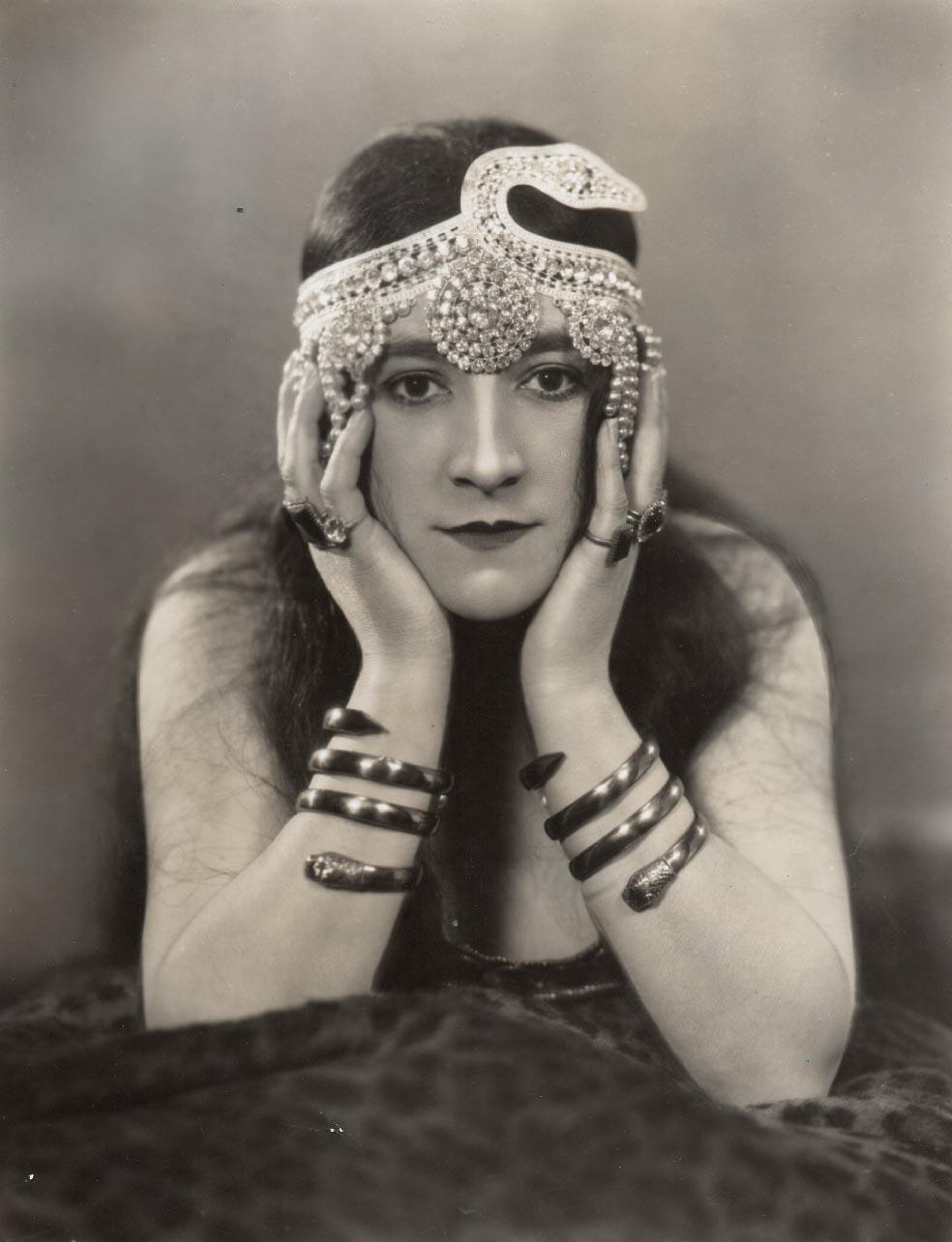
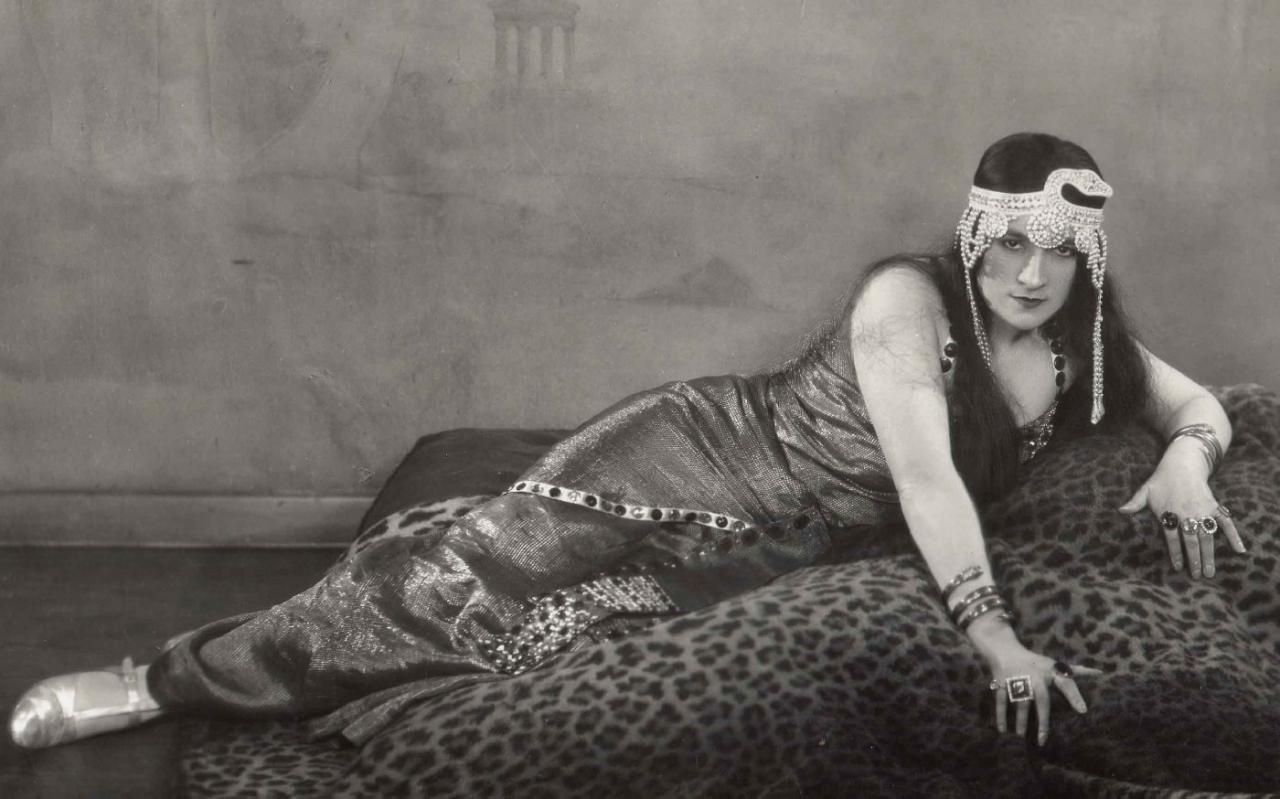
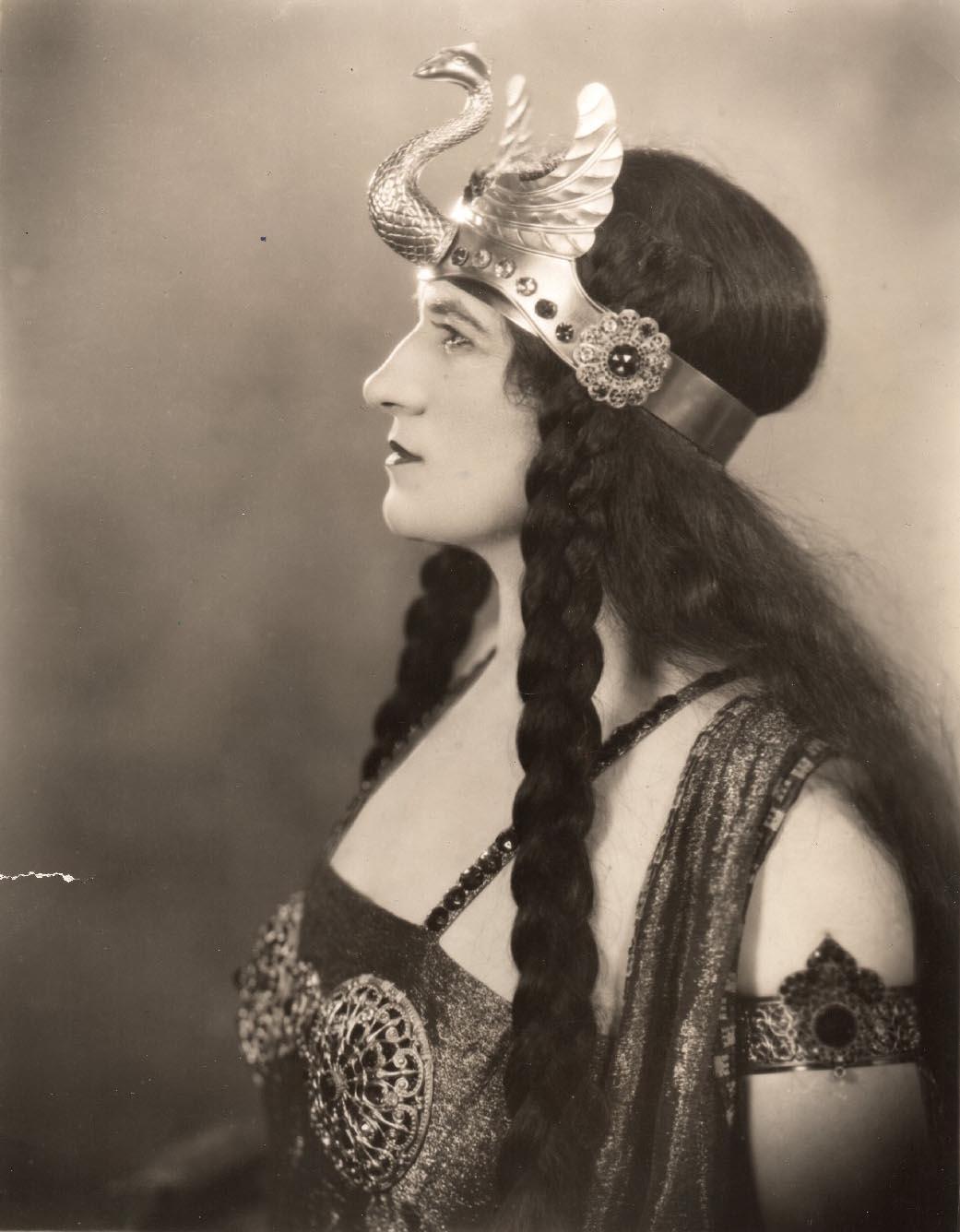

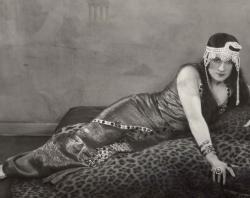
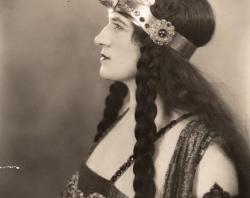
![Autographed photograph of Clara Serena [B 78470]](/sites/default/files/styles/container_large_1x/public/2021-05/Autographed%20photograph%20of%20Clara%20Serena%20B78470_DC.jpg?itok=4dYAv0y3)
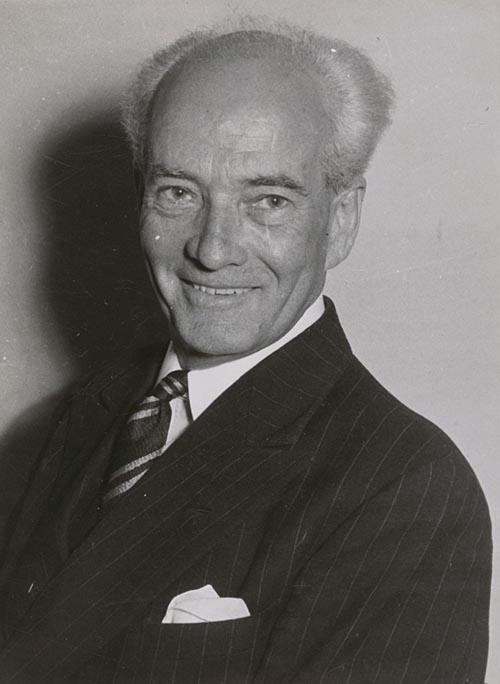
![Ada Crossley, Australian born contralto singer. [PRG 13699/185/1a]](/sites/default/files/styles/container_large_1x/public/2021-05/Ada%20Crossley%2C%20Australian%20born%20contralto%20singer%20PRG1399-185-1a.jpg?itok=kG-2BGLP)
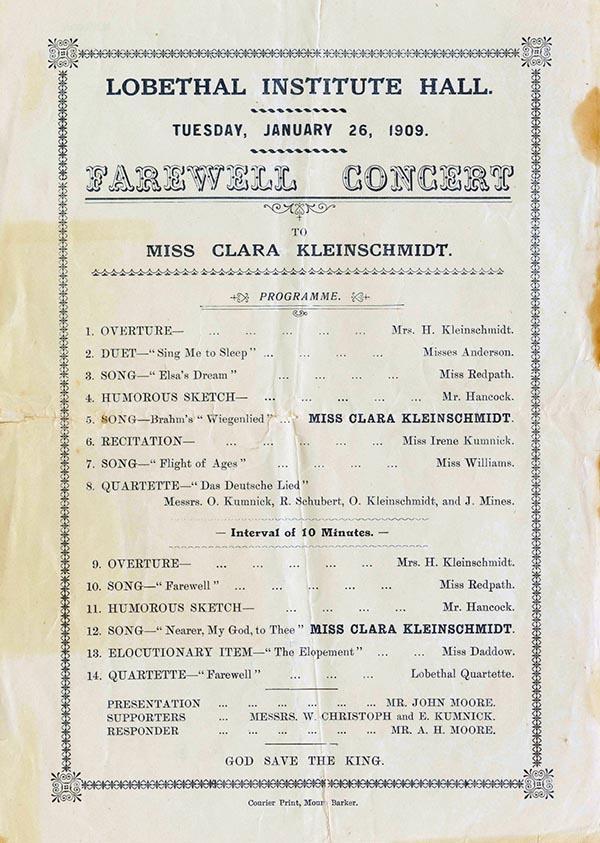
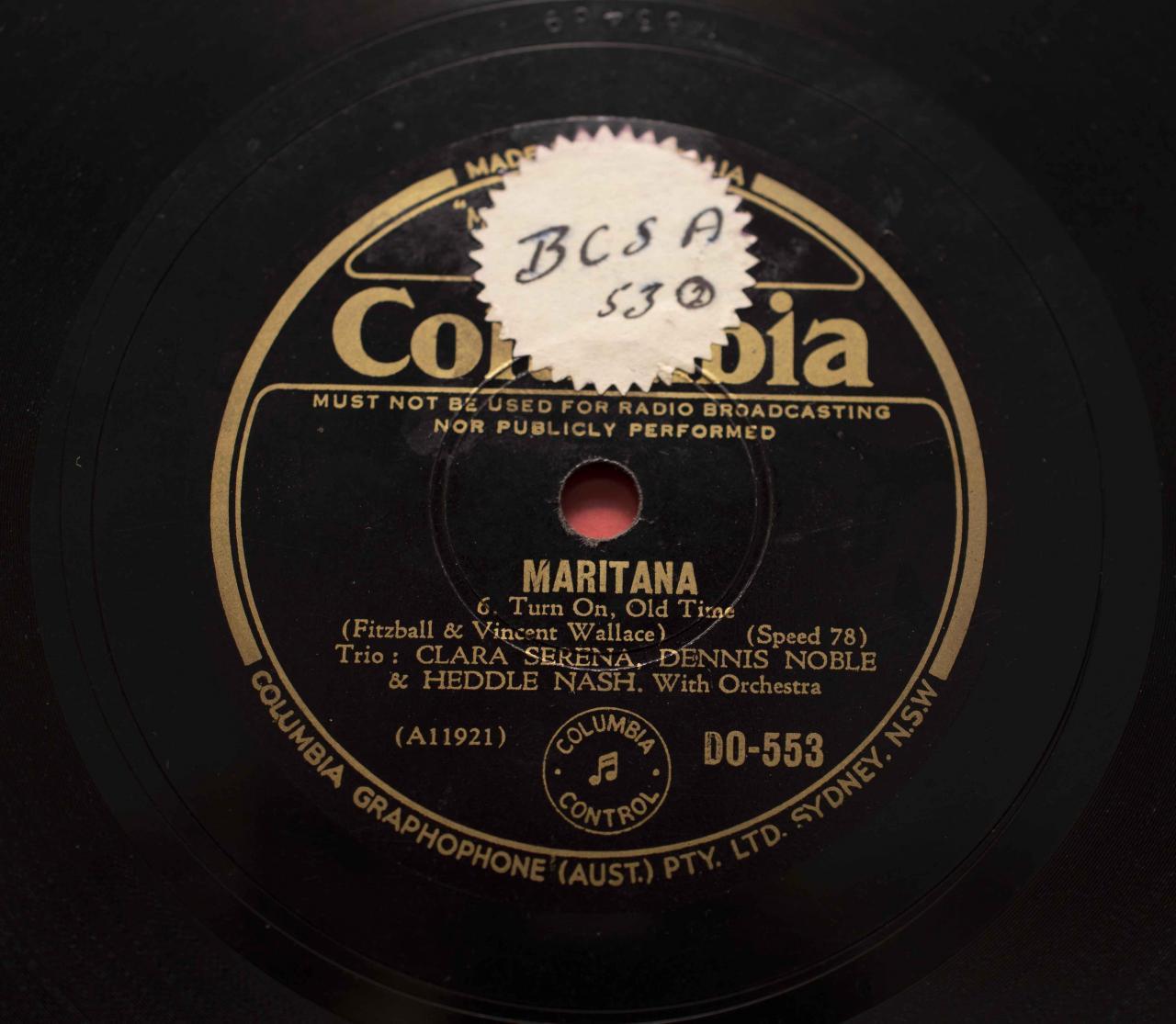
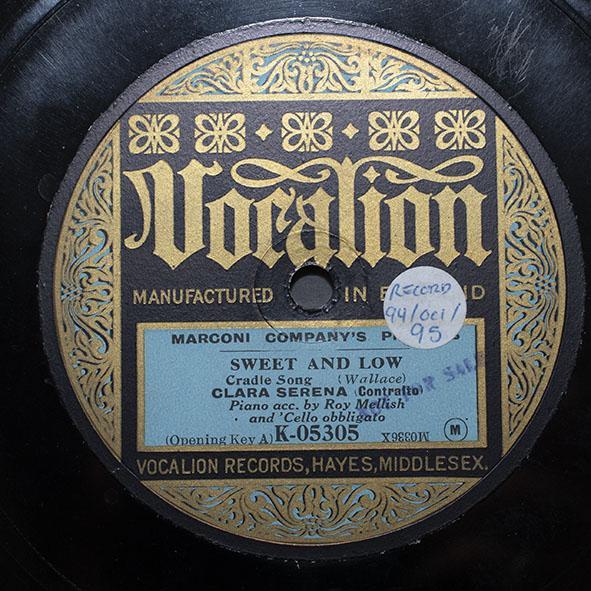
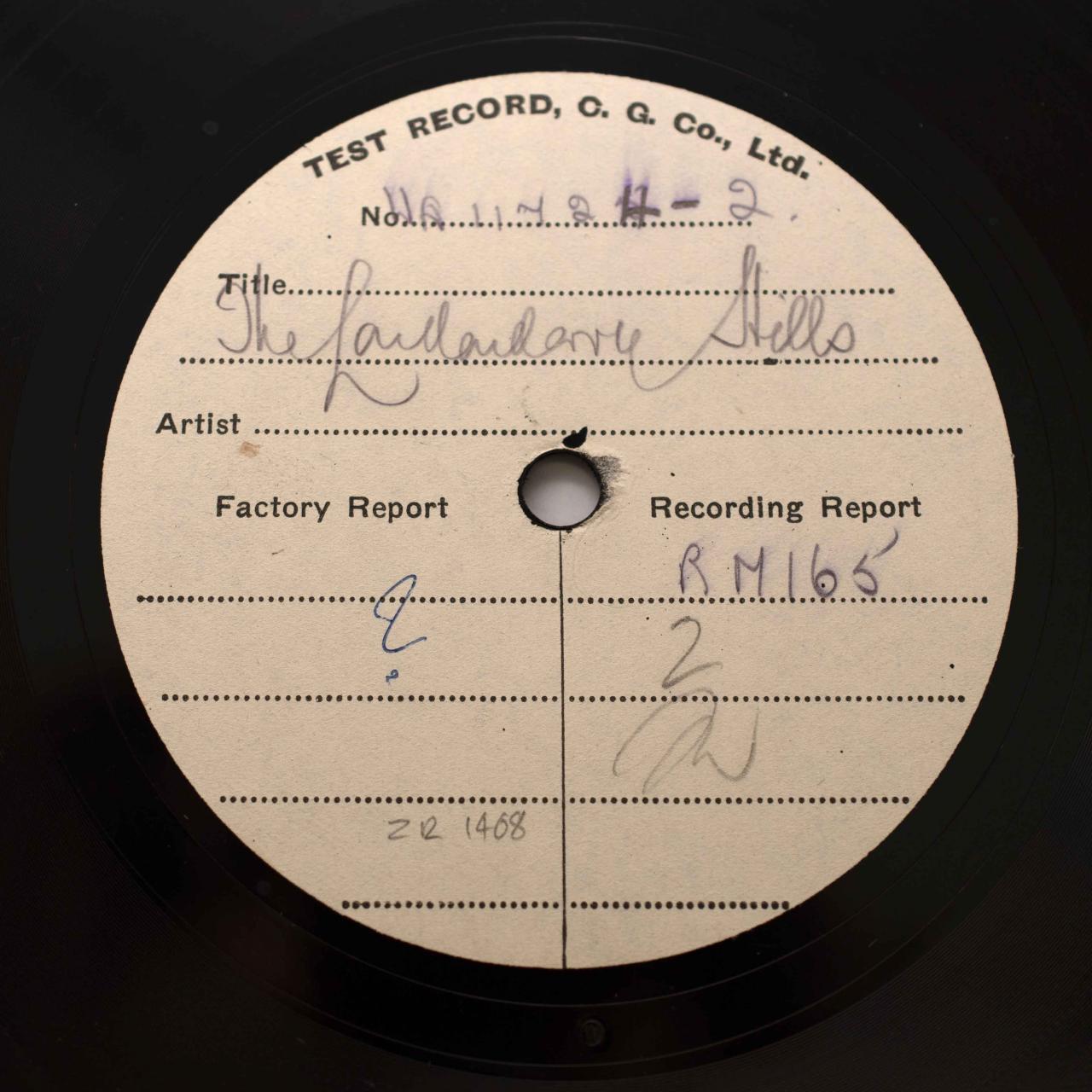
![Autographed photograph of Clara Serena [B 78470]](/sites/default/files/styles/image_slider_nav/public/2021-05/Autographed%20photograph%20of%20Clara%20Serena%20B78470_DC.jpg?itok=xpoo-Ali)
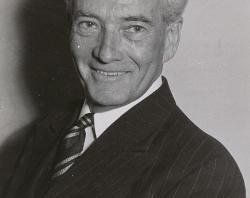
![Ada Crossley, Australian born contralto singer. [PRG 13699/185/1a]](/sites/default/files/styles/image_slider_nav/public/2021-05/Ada%20Crossley%2C%20Australian%20born%20contralto%20singer%20PRG1399-185-1a.jpg?itok=SpuhqvgR)
